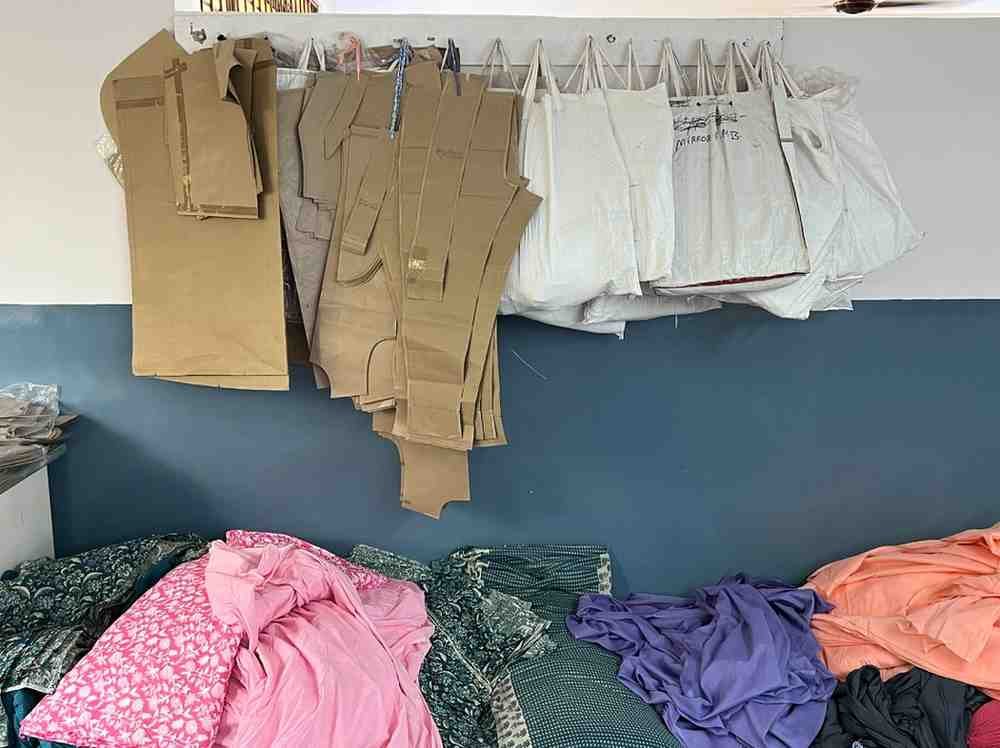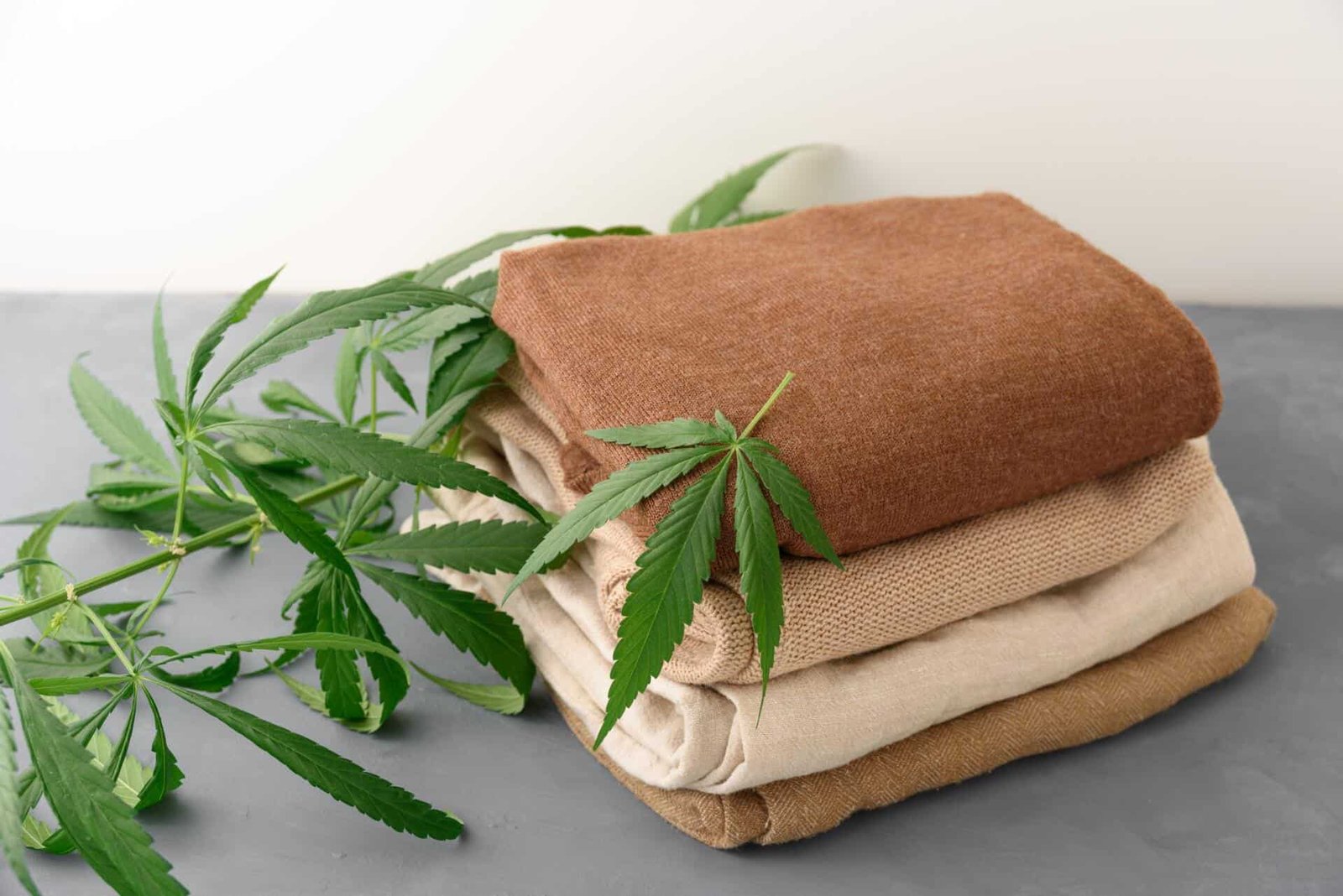The textile industry plays a crucial role in our daily lives, but it is also one of the largest contributors to environmental degradation. With growing concerns about climate change, businesses and consumers are paying closer attention to the carbon footprint of their choices. This blog explores how traditional textile processes impact the environment, offers insights into calculating carbon footprints, and highlights how Echo Earth is trying to set the new standards with sustainable production.
What is Carbon Footprint in Textile Manufacturing?
A carbon footprint measures the total amount of greenhouse gases (GHGs) emitted throughout a product’s lifecycle—from raw material extraction to manufacturing, transportation, and disposal. In textiles, these emissions primarily result from energy-intensive processes like:
- Fiber cultivation and production (cotton, polyester)
- Dyeing and chemical treatments
- Transportation across the supply chain
- End-of-life disposal, often in landfills
Traditional textile manufacturing emits significant amounts of CO2 and other GHGs, worsening global warming. Understanding and reducing these emissions is critical to making the fashion industry more sustainable and eco-friendlier.
Breakdown of Emissions in Textile Processes
- Fiber Production
- Fibres like cotton require substantial water and pesticides, contributing to soil degradation and emissions from agricultural equipment.
- Polyester production, a fossil-fuel-based fibre, releases high levels of CO2 during synthesis.
- Fabric Manufacturing
- Processes such as weaving, knitting, and spinning demand a lot of energy, often powered by fossil fuels.
- Synthetic fibres like nylon and polyester are more energy-intensive than natural ones, adding to their carbon footprint.
- Dyeing and Finishing
- The dyeing process uses chemical dyes and enormous amounts of water and heat, resulting in high emissions and wastewater pollution.
- End of Life
- Synthetic fabrics, when discarded, take centuries to degrade, releasing harmful microplastics into the environment.
Calculating the Carbon Footprint
Several tools and frameworks help businesses assess their carbon footprint at various stages. The Higg Index and Carbon Trust’s Product Footprint are commonly used to quantify emissions. These frameworks consider factors like energy consumption, water use, transportation emissions, and material choices.
How Echo Earth Reduces Carbon Emissions
Echo Earth is committed to reducing emissions through the entire lifecycle of our products from scratch to end. Here’s how we do it:
1. Low-Impact Raw Materials: Hemp and Bamboo
- Hemp is known as a carbon-negative crop, absorbing more CO2 from the atmosphere than it emits. It requires minimal water and no pesticides.
- Bamboo grows rapidly without chemical fertilizers, making it a sustainable alternative to traditional materials. Our bamboo fabrics also have natural antibacterial properties, reducing the need for chemical treatments.
2. Energy-Efficient Manufacturing
- We use energy-efficient machinery and eco-friendly dyes to minimize emissions during production.
- Our manufacturing unit in Jaipur, Rajasthan, follows SEDEX-certified ethical practices, ensuring a low carbon footprint at every step.
3. Eco-Friendly Dyeing Practices
- Conventional dyeing methods release toxic chemicals into water bodies which results in water pollution. At Echo Earth, we opt for AZO Free dyes and low-water dyeing processes, drastically reducing water pollution and energy consumption.
4. Local Sourcing and Production
- By producing our textiles locally, we cut transportation emissions and support the local economy. Jaipur, Jodhpur and rest part of Rajasthan state known for their rich textile heritage, allow us to produce high-quality fabrics while reducing logistical footprints.
5. Circular Economy Practices
- We encourage reuse, recycling, and upcycling by designing durable garments that last longer. Echo Earth’s commitment to zero-waste manufacturing ensures that even production leftovers are repurposed or recycled.
Comparing Echo Earth with Conventional Textile Practices
| Aspect | Conventional practises | Echo Earth’s approach |
| Fiber source | Polyester, Cotton (High Emissions) | Hemp, Bamboo (Low Emissions) |
| Energy consumption Dyeing process Transportation Waste Management | Fossil Fuel Powered, Chemical Intensive, Global Supply Chains (High Emission), Synthetic Fabrics (Micro Plastic pollution) | Energy Efficient Machinery, Biodegradable Dye’s, Local Production, Circular Economy, Zero Waste. |
By embracing sustainable alternatives, Echo Earth helps reduce carbon emissions throughout the textile value chain. Switching to hemp and bamboo fabrics can lower emissions by up to 50-60% compared to polyester or conventional cotton.
How You Can Support a Lower-Carbon Future
As a consumer or business, you can make sustainable choices that reduce the textile industry’s environmental impact. Here are a few ways you can contribute:
- Choose sustainable fabrics: opt for products made with hemp, bamboo, or organic materials.
- Extend product lifecycles: Repair, reuse, and recycle clothes to reduce waste.
- Stay informed and updated: Educate yourself about sustainable textiles and advocate for transparency in fashion.
At Echo Earth, we invite everyone to join our mission in building a more sustainable future—one where every garment reflects care for the planet. Together, we can transform the textile industry into a low-carbon, eco-friendly sector that respects nature and people alike.
Conclusion
The carbon footprint of textiles can no longer be ignored in the fight against climate change. From fibre production to disposal, each stage has an environmental impact, but sustainable practices like those at Echo Earth offer hope for a greener future. Through hemp and bamboo fabrics, energy-efficient manufacturing, and zero-waste initiatives, we are committed to leading the way toward carbon-neutral textile production.
As consumers, businesses, and communities unite in choosing sustainable textiles, the shift toward a low-carbon economy becomes not only possible but inevitable. With each conscious decision, we move closer to a cleaner, greener Earth.















